To bedding or not to bedding?
Understanding the unsustainable practises used in the seasonal bedding industry
Summer bedding can be so gorgeous. Cascading waterfalls of colourful flower plants, flowering, from May to September, suitable for both sun and shade. They can be upright or trailing, putting our bright-coloured flowers in many shapes and forms - its hard not to be awestruck. However, it’s important to understand more about the bedding plant industry and the unsustainable practices which are part of this lucrative industry.
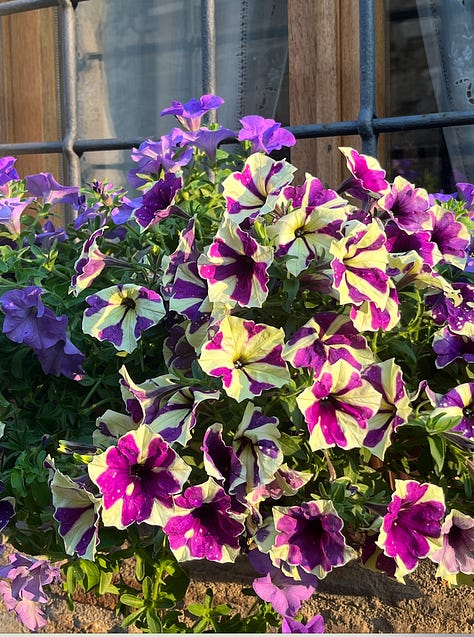
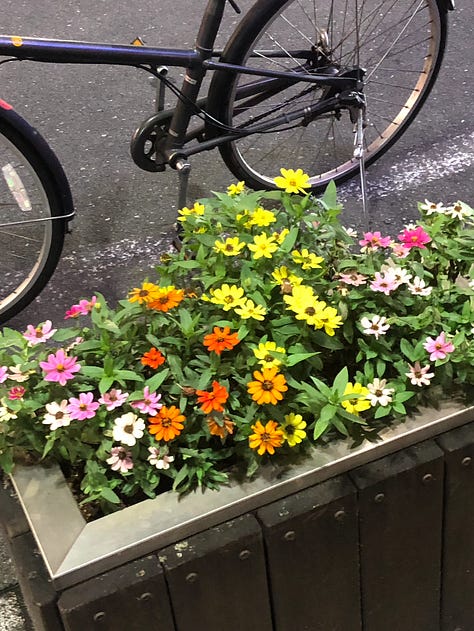



A breakdown of typical seasonal bedding:
Autumn: Viols, cyclamen, heathers
Winter: Cyclamen and primula
Spring: Primula, pansies, bellis perennis
Summer: Petunias, begonias, pelargoniums, lobelia….the list is extensive
Below I will break down the unsustainable practises behind seasonal bedding from life cycles, pollinator relationships, energy and plastic use, as well as the destructive effect it has on peat consumption and mining.
Lifecycle
Summer bedding plants, well known favourites being pelargoniums, petunias, begonias and lobelia’s are grown as annuals. An annual plant completes its life cycle in one year, from seed germination to production of its own seeds and death.
However, most bedding plants are actually perennial plants. Perennial plants are defined horticulturally as plants which live more than two years.
So, we treat seasonal bedding plants as annuals, disposing of them once they have finished for the season. The plants die as they cannot tolerate the drop in temperature, this mainly applies to summer bedding dying back when we enter autumn.
Sterile
Have you ever seen pollinators enjoying your summer bedding?
Pollinators may naively be summoned over to the bright-coloured flowers. However, most bedding plants are grown for appearance over function, producing no pollen, unable to set seeds and are sterile, with a few exceptions (such as cosmos, bidens, Verbena bonariensis ‘Lollipop’ and snapdragons.)
Bedding plants which can produce pollen sometimes have double or ruffled flowers and the bees aren’t able to access the stamens and pistils, therefore the plant cannot be pollinated. An example of this is the Begonia × tuberhybrida, sometimes producing reproductive parts yet their large, frilly heads have so many layers of petals that bees can’t access the nectar or pollen inside.
Have you heard of F1 hybrids?
F1s are created by crossing two plants with favourable qualities. Let’s make an example - one plant has beautiful large flowers and another has a resistance to pest and diseases.
If you bred these two plants together, you should theoretically get a large flower with strong resistance yet, other important characteristics are lost like the plant’s ability to make nectar or it’s scent.
F1 hybrids have been bred for uniformity and their long-flowering ability, yet again are often sterile, don’t produce viable seeds and are lacking in nectar.
They can be also found in the fruit and vegetable industry, as well as bedding plants. A prime example is Begonia semperflorens - so many times, i’ve walked by colourful beds of these plants with no pollinators around.

Energy use
Bedding is typically grown on a commercial scale in large industrial glasshouses or sometimes, heated poly-tunnels.

Growing bedding plugs requires a lot of energy, light, heat and energy for transport too:
A daytime temperature: Around 18–24°C
A nighttime temperature: No lower than 10–12°C
Ideally 12–16 hours of bright light per day
Regular watering as in a warm glass house, they may dry out quickly.
Once the plugs have grown, they will need to be transported to garden centres, supermarkets and wholesalers to be sold on.
There are many UK growers of bedding plants, mainly based in West Midlands, East Anglia, and South East, a leading grower is Hillier Nurseries.
However, a lot of bedding is grown overseas, mainly in Holland, Germany, Spain, Kenya, and even South America. This allows UK growers to save on the time and energy needed to germinate and raise tiny seedlings. However, the cost is heavy in transport as they need to be transported to the UK and their carbon footprint becomes even heavier.
Waste
Oh plastic pots, they really break my heart.
I do my best to recycle them, using them to grow my seedlings at the allotment. I work with a few gardeners which leave them on their front garden wall, with helpful locals recycling them. However, all of the the trays, unnecessary labels, and sometimes protective casings will head straight off to landfill.
Some companies are using coir pots as an alternative as it is a natural resource, made from the fibre on the outside of coconuts. However, coconuts aren’t native to the UK, so have to be shipped many miles becoming problematic too.

Peat
Peat is the main component in many commercial compost and potting mixes. Bedding plants are often started from seed or cuttings in plug trays filled with peat-based compost.
Why does horticulture likes peat so much? It retains water, has a light / airy texture, sterile, slow to break down and can store huge amounts of carbon.
Do you remember peat from geography class?
I’ll ring the bell of your memory to set the scene for my point:
1 - Peat is formed when plants like mosses and grasses die in waterlogged, boggy areas where there’s little oxygen.
2 - Because the wet conditions slow down decay, the plant material only partially breaks down and gradually builds up over thousands of years into thick layers of peat.
3 - This slow accumulation traps carbon and creates unique ecosystems.
According to the Wildlife Trust, 31 million tonnes of carbon dioxide have been released into the atmosphere, linked directly to its use in gardening, the horticultural industry and agriculture.
Peat use has been phased out, companies doing this at their own discretion. However, it isn’t yet illegal to use in the UK and many soil suppliers are still selling peat blends.
Sadly, we will have to wait until 2030 for the ban of peat, and while there is a promise to restore our peat bogs, laughably it will 1000 years to form only one meter layer of peat!
This video details the restoration of the peat bogs in Ireland:
Alternatives
There are so many gorgeous flowering plants which will do the same job, yet will supply pollinators and support the ecosystem.

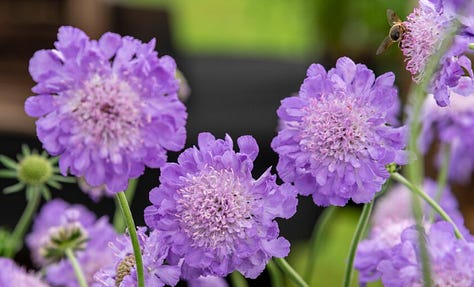




Below is a list of perennial plants you can use to replace summer bedding:
Campanula (native to UK)
Eryngium (native to UK)
Scabious (Knautia is similar and native to UK)
Erigeron
Salvias
Nasturtium
Verbena bonariensis ‘Lollipop’
Nepeta
Penstemon
Gaura
Hardy geraniums (‘Roxanne’ is highly sought after, it’s sterile yet provides pollinators with nectar) (some can be native to UK, species dependant)
Dahlias
Rudbeckia
Echinacea
I hope the above list inspires you to add some colour to your garden without supporting the bedding industry. These plants offer much better value for money as they return each year, and you can feel confident knowing you're helping pollinators and the wider ecosystem with these sustainable alternatives.

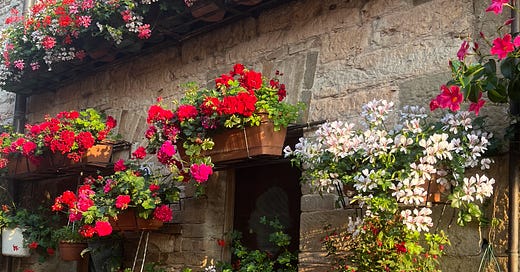


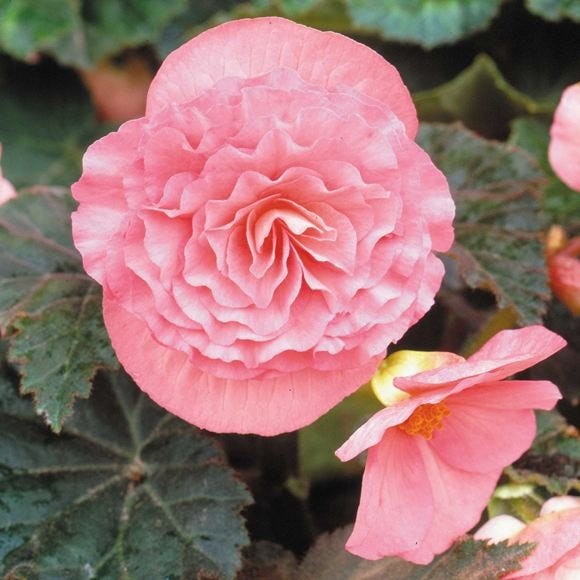

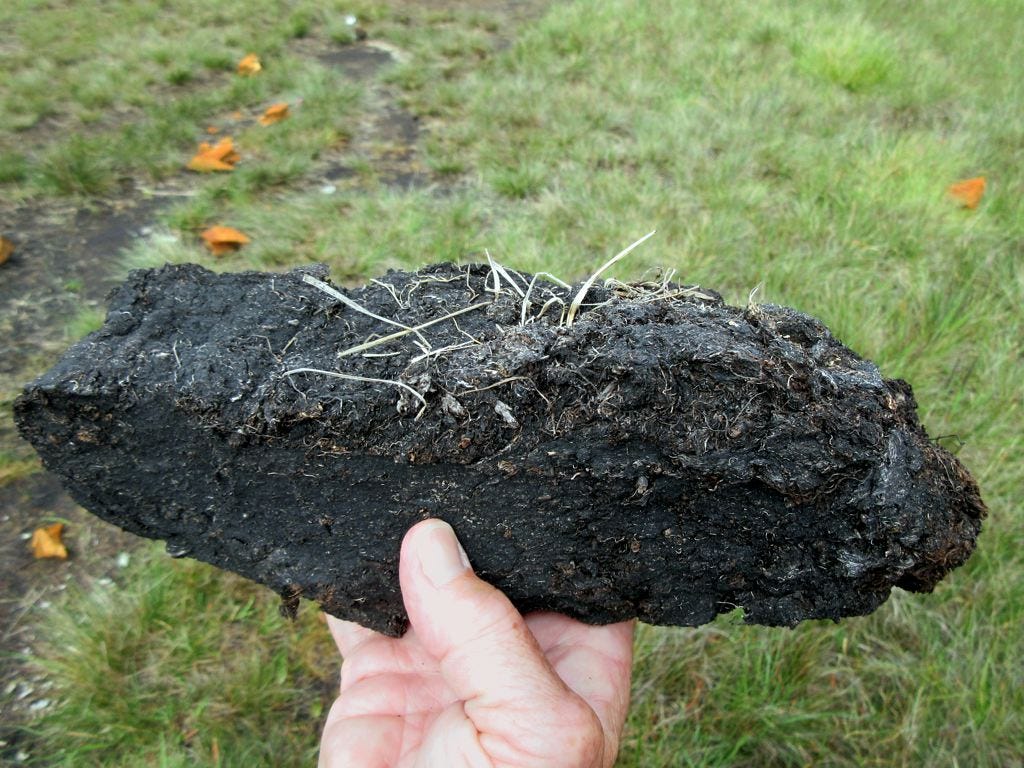
Another deeply informative post, thank you Sarah! F1 Hybrids are also used in the coffee industry sometimes as the sign of a quality coffee by it was few and far between. I feel like only some counties did it though?